Key Highlights
- Research shows microplastics infiltrating human organs, raising reproductive health concerns.
- Scientists, including Mathew J., have found microplastics in the brain, liver, lungs, and kidneys.
- Amsterdam researchers confirmed microplastics in human blood, highlighting broader health impacts.
- Microplastics are also found in animals and plants, showing their widespread presence.
Microplastics, tiny particles less than 5 millimeters in size, have infiltrated nearly every corner of our environment—and now, alarming evidence shows they are making their way into our bodies. Recent studies have detected these particles in vital organs like the brain, liver, and lungs, raising serious concerns about their impact on human health and the environment.
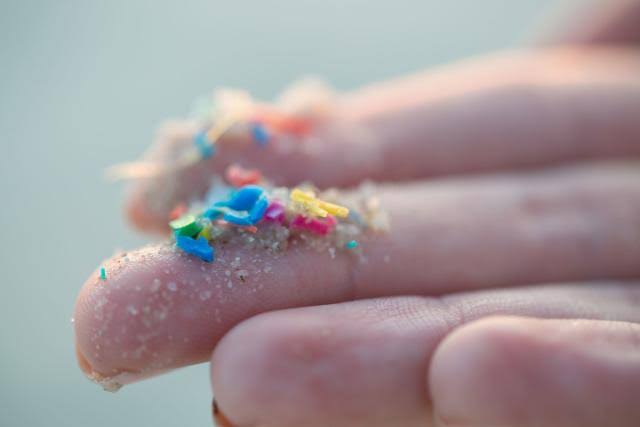
Table of Contents
What are Microplastics?
Microplastics are tiny plastic particles less than 5 millimeters in diameter. They originate from various sources, including:
- Polyethylene: Commonly found in plastic bags and bottles.
- Polypropylene: Used in packaging and automotive parts.
- Polystyrene: Present in disposable cups and packaging.
- Polyvinyl Chloride (PVC): Found in pipes and flooring materials.
These particles are created either through the breakdown of larger plastics or are manufactured in small sizes for specific uses. Most microplastics are derived from the degradation of plastics present in the ecosystem.
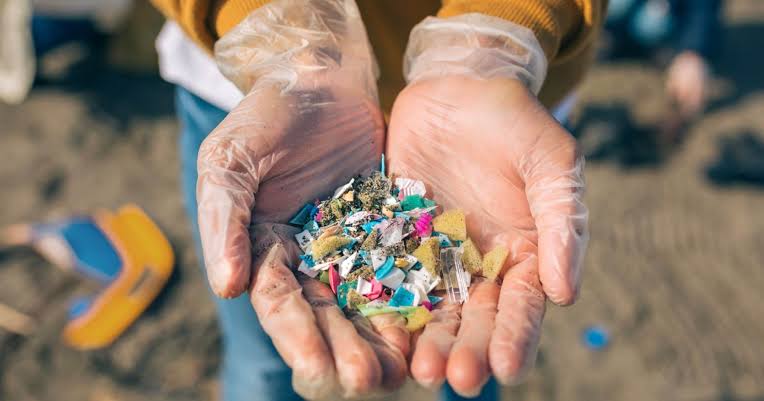
History of Plastics
Plastics were first developed in the late 19th century as a replacement for ivory. The first synthetic plastic, Bakelite, was created in 1907 by Leo Baekeland. Initially hailed as a revolutionary material due to its versatility and durability, plastics have become integral to modern life. However, their widespread use has led to significant environmental and health concerns.
Read this also: Exploring Aerial Yoga: Benefits and Insights into this Unique Practice
How Do Microplastics Enter Human and Animal Bodies?
Microplastics enter our bodies through multiple pathways:
- Intake:
- Food Consumption: Consuming meat, especially seafood, can lead to microplastics entering the human body. Plastics disposed of in oceans are ingested by marine life, which are then consumed by humans. Contaminated water sources such as rivers and oceans majorly contribute to the issue.
- Similarly, land animals like cows, goats, and chickens can accumulate microplastics while grazing, which enter the food chain when consumed by humans. Vegetables irrigated with contaminated water may also contain microplastics in their leaves and stems, contributing further to human exposure. Researchers have already reported evidence of this.
- Eating from Plastic Containers: Consuming food or beverages from plastic containers or drinking from plastic bottles can increase exposure to microplastics. Infants’ products like baby milk bottles and other plastic items also contribute to this exposure.
- Touch:
- Prolonged contact with plastic materials can lead to microplastic absorption. This includes contact with facial creams, cleansers, polyester clothing, and even mobile touch screens.
- Did you know microplastics are added to facial creams and cleansers? Yes! Microplastics are added to facial creams and cleansers for exfoliation, to maintain texture and consistency, and to enhance aesthetic appeal—sparkle and shine.
- Inhalation:
- Airborne microplastics can be inhaled, allowing these particles to enter the body through the respiratory system.
- Once inside, microplastics can travel through the bloodstream to various organs.
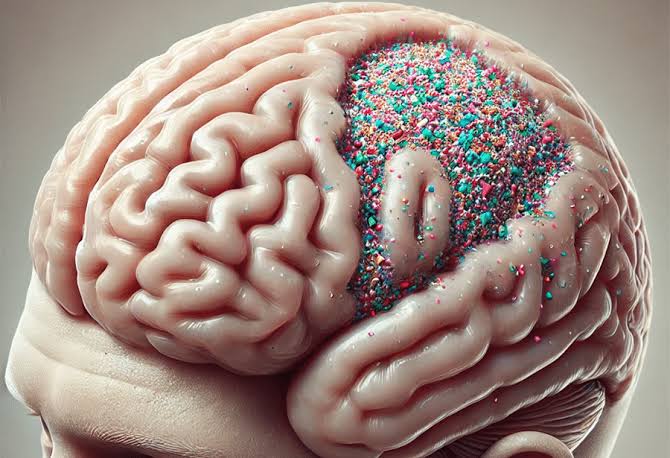
Consequences of Microplastic Exposure
Microplastics, being non-natural substances, act as toxins within the body. Their presence can lead to several serious health conditions:
- Oxidative Stress: An imbalance that can cause cell damage.
- Organ Malfunction: Disruption of normal organ function at an initial stage, potentially leading to failure at a later stage.
- Inflammation: Chronic inflammation that can lead to diseases.
- Cancer: A potential increase in cancer risk due to persistent irritation and toxicity.
- Reproductive Health Issues: Microplastics can affect human reproductive health in several ways, including hormone disruption, direct cellular damage, and impacts on sperm quality.
Read this also: Artificial Meat: The Future of Food or a Tech-Driven Mirage?
What Can We Do to Avoid Microplastics?
Consider this warning: microplastics are already inside our bodies. If we don’t act now, they could jeopardize our very existence.
Individual Actions
- Reduce Plastic Use:
- Choose reusable bags, bottles, and containers made from eco-friendly materials.
- “Go classic—carry your own eco-friendly bag or container while shopping.”
- Avoid Products with Microbeads:
- Check labels on cosmetics and cleaning products to ensure they do not contain microbeads.
- Proper Waste Disposal:
- Avoid disposing of garbage in natural habitats such as oceans and forests.
- Support Clean-Up Initiatives:
- Participate in or support efforts aimed at cleaning up plastic waste.
- “Alone it seems impossible, but together we can!”
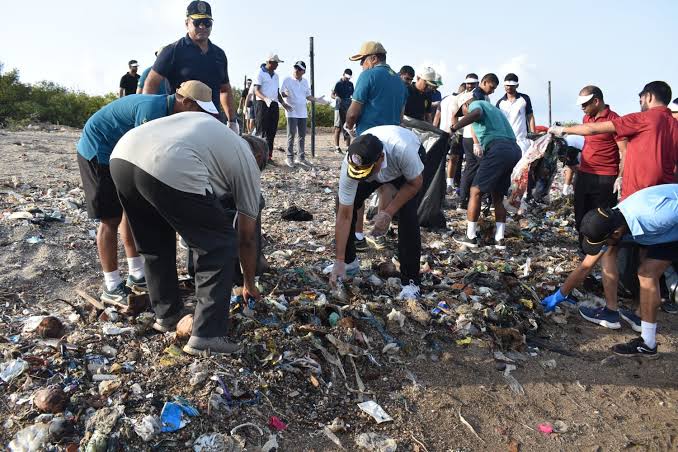
Wider Actions
- Support Legislation: Advocate for and support policies aimed at reducing plastic production and promoting recycling.
- Invest in Research: Support scientific research on alternatives to plastics and their environmental impact.
- Promote Awareness: Educate others about the impacts of plastic pollution and encourage sustainable practices.
Microplastic pollution is a global crisis that highlights the urgent need for collective action. By reducing plastic use, we can work towards a healthier planet and a safer future for all living beings.
Read this also: Last Call for Vistara: Air India to Take Over Operations Starting November 2024

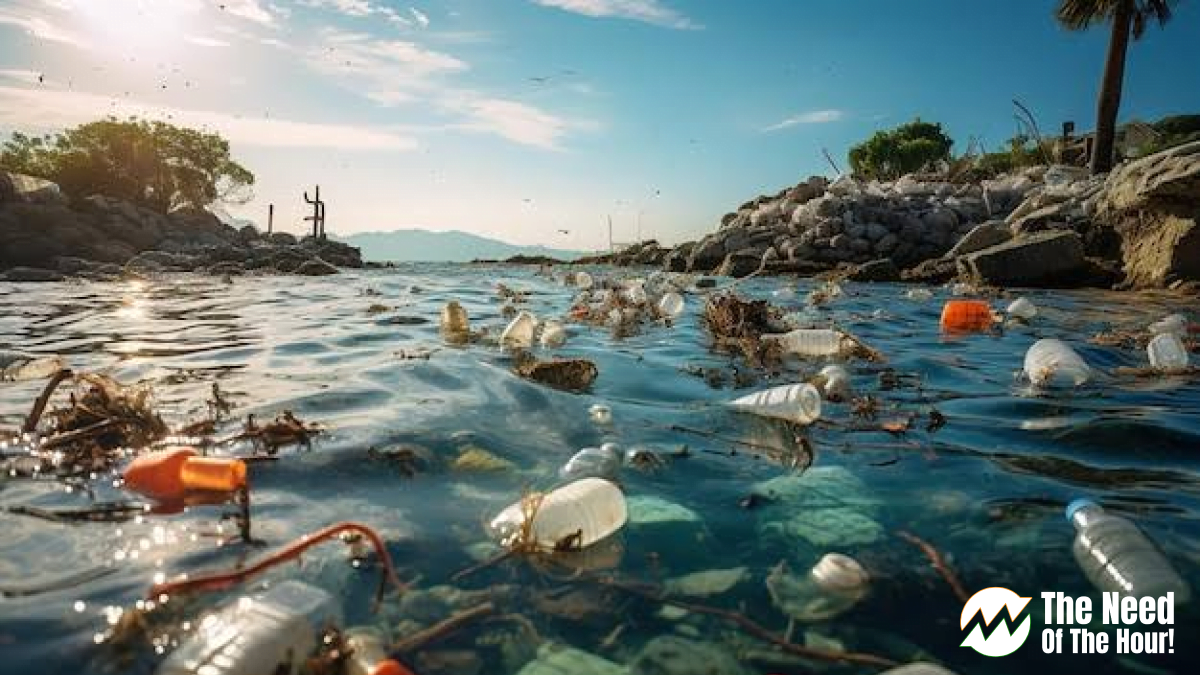










[…] Read this also: Microplastics in Our Bodies: A Growing Health Crisis […]
[…] Read this also: Microplastics in Our Bodies: A Growing Health Crisis […]